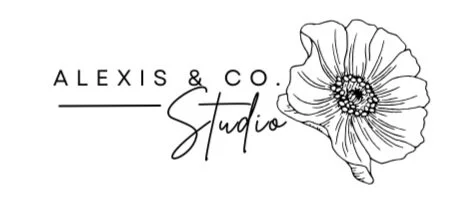More Than Scribbles: How Art Therapy Helps Children Heal, Grow, and Communicate
Children don’t always have the words—but they always have something to say. In art therapy, we listen through color, shape, rhythm, and movement. We make space not just for what they can verbalize, but for what lives deeper—in the body, the senses, the story beneath the story.
Art therapy is uniquely suited for children because it honors the language they naturally speak: play, imagination, gesture, and creativity. When words fall short or feel unsafe, the art becomes a bridge. It allows children to express complex emotions, process traumatic experiences, and develop self-regulation skills in a way that is developmentally appropriate and neurologically supportive (Malchiodi, 2020).
For many children, especially those who have experienced trauma, traditional talk therapy can feel overwhelming or inaccessible. The brain’s language centers often go offline when stress or threat is high (van der Kolk, 2014), and children may not yet have the cognitive development to process experiences verbally. But the sensory and motor systems—those are alive and active. That’s where we begin.
In art therapy, a child might punch their fists into clay instead of acting out aggressively. They might use watercolors to show sadness, or collage to represent a fractured family system. Through the Expressive Therapies Continuum (ETC) (Kagin & Lusebrink, 1978; Hinz, 2009), art therapists select materials based on what the child’s nervous system can manage. Sensory-based art like finger paints or kinetic sand helps regulate arousal, while structured materials like markers or collage support boundaries and control. This is not random art-making—it is attuned, neurodevelopmentally-informed intervention.
Art therapy also nurtures executive functioning: attention, impulse control, planning, and task persistence. Through creative tasks, children practice frustration tolerance, sequencing, and emotional flexibility. For example, a child who crumples their paper in frustration might be invited to transform the paper into something new—modeling resilience and creative problem-solving in real time. These are life skills, rehearsed through metaphor.
Importantly, the therapeutic relationship holds it all. The art becomes a third space between therapist and child—a safe container that can hold big feelings without collapsing under their weight. And when parents are included in the process—through family sessions, skill-sharing, or reviewing their child’s work with therapeutic context—the healing extends beyond the session and into the home.
For children with sensory processing challenges, ADHD, anxiety, autism, or attachment disruptions, art therapy offers a regulated entry point into healing. It doesn’t demand compliance or perfection. It invites expression, curiosity, and agency. It allows the child to lead from a place of inner knowing, while the therapist gently supports from the edges.
Whether we’re working with loss, trauma, behavioral challenges, or transitions, art therapy offers more than just a creative outlet. It becomes a mirror, a playground, a rehearsal space, and a sanctuary.
In short, it’s more than scribbles. It’s how children heal.
References
Hinz, L. D. (2009). Expressive therapies continuum: A framework for using art in therapy. Routledge.
Kagin, S. L., & Lusebrink, V. B. (1978). The expressive therapies continuum. Art Psychotherapy, 5(4), 171–180. https://doi.org/10.1016/S0090-9092(78)80017-0
Malchiodi, C. A. (2020). Trauma and expressive arts therapy: Brain, body, and imagination in the healing process. Guilford Press.
Ogden, P., Minton, K., & Pain, C. (2006). Trauma and the body: A sensorimotor approach to psychotherapy. W. W. Norton & Company.
van der Kolk, B. A. (2014). The body keeps the score: Brain, mind, and body in the healing of trauma. Viking.
